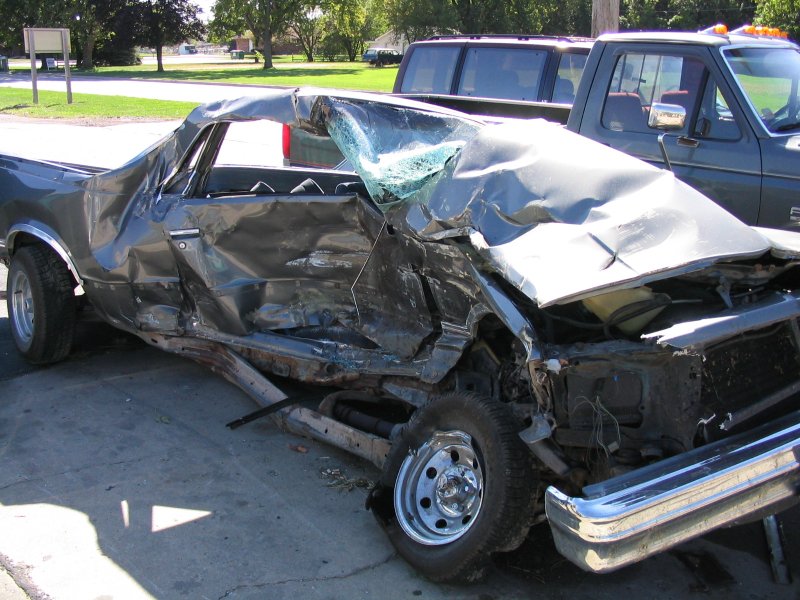
Though many don’t necessarily realize it, in a couple of weeks, we can expect a spike in the number of car wrecks on Texas roads and beyond. That is because March 8, 2020, will mark the beginning of Daylight Saving Time. Every year, during the first work week after we “spring forward” there is a spike in accidents of about six percent, which results in about 28 additional traffic fatalities every year.
This information comes from a new study, published in the journal “Current Biology” by researchers from the University of Colorado at Boulder. If the spike in accidents isn’t surprising, they also found that the farther west a person lives in each time zone, the higher their risk of a fatal accident that week.
In the press release accompanying the publication of the study, researcher and senior author of the study, Céline Vetter, who is an assistant professor of integrative physiology at Colorado, said, “Our study provides additional, rigorous evidence that the switch to daylight saving time in spring leads to negative health and safety impacts. ”She also noted that, “These effects on fatal traffic accidents are real, and these deaths can be prevented.”
The findings come at an interesting time, as a number of states are seriously considering doing away with the time switch altogether, based on the mounting research showing a number of health problems due to the switch every spring. They include an increase in heart attacks, strokes, workplace injuries and other problems in the days following the time change.
Driving Drowsy and in the Dark
For the study, which is thus far the largest one to look at the possible link between the time change and motor vehicle accidents and fatalities, researchers analyzed the data from more than 732,000 accidents recorded throughout the United States between 1996 and 2017, via the Fatality Analysis Reporting System. They excluded areas where Daylight Saving Time has been excluded, such as Arizona and Indiana.
What the researchers found was a consistent rise in fatal accidents in the week following the spring time change. They also found that the spike moved in 2007 when the Energy Policy Act extended daylight saving time to begin on the second Sunday of March, rather than the first Sunday in April. Prior to 2007, the spike occurred in April and after that, the spike moved to March. According to Vetter, “That gave us even more confidence that the risk increase we observe is indeed attributable to the daylight saving time switch, and not something else.”
With the arrival of daylight saving time this coming March 8, clocks will shift forward by one hour in most places, and many people will miss out on sleep and many will also drive to work in darkness; both are factors that can contribute to crashes.
Those who live on the western edge of their time zone, including places like Amarillo, Texas, and St. George, Utah, already get about 19 minutes less sleep per day, on average than their counterparts on the east end of each time zone, just because the sun rises and sets later. However, they have to arrive at work at the same time everyone else does. The time change for Daylight Saving Time only exacerbates that problem. According to the study, they are already more misaligned and sleep-deprived, and when you transition to daylight saving time it makes things worse. In such western regions of time zones, the spike in fatal accidents was actually more than 8%, according to the study.
Daylight Saving Time or Standard Time?
The problem with the transition to Daylight Saving Time is that the change kicks in right away, on the Sunday when clocks spring forward. The study shows that most of the additional fatal accidents occur in the morning.
There are a few changes in accident patterns also occur after the “fall back” time change in October, according to the study. That time change shows a decline in morning accidents when it is lighter, and there is a corresponding increase in evening accidents when it is darker. Overall, however, because they cancel each other out, there is no overall net increase in accidents s during the “fall back” week.
In all, over the 22 years of data analyzed, 627 people died in fatal car accidents associated with the spring shift to daylight saving time.
